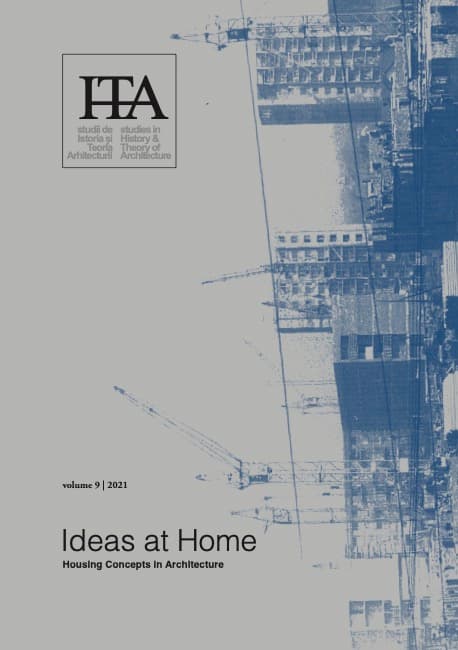The Condominio: The New Housing Model During the Italian Boom
by
Chiara Ingrosso
Keywords
post-war Italian architecture
middle-class housing
economic boom
private property
Stefania Filo Speziale
The paper focuses on the condominio, the housing model that is still the prevailing housing of the medium-large Italian cities today, based on the division of a single building in different apartments, of different sizes and, above all, of different ownerships.
The paper refers specifically to the period of the diffusion of the condominio: the 1950s. At that time, Italy experienced an unprecedented economic development, known as the “economic boom,” during which the construction of new houses and the protection of private property were political priorities of the Government.
After having outlined the political and economic context in which the condominio spread, highlighting the differences between the palazzina and the condominio, the paper identifies some architectural features recurring in the various Italian cases. Far from the experimentation and formal purism of the first international vanguard, the condominio was often characterized by a forced and showy variety in order to diversify the “product home” and make it desirable to the new ascending middle-class, a remedy to the repetition and homogeneity imposed by the law of maximum land use and standardization.
As case studies, the paper focuses on some condomini built in Milan, Rome and Naples, designed by local professionals to meet the needs of the investors without giving up architectural and environmental quality – among these, Palazzo Della Morte designed by Stefania Filo Speziale in Naples.
The aim is to show the different declination of a housing model that spread so strongly in Italy during the 1950s, representing the architectural response to a complexity of political, economic and, last but not least, social factors, including a growing middle-class demand for modernity and comfort. It also intends to re-evaluate a theme too often linked to building speculation and to highlight some case studies made in Naples that are still little known, in order to relate them to the national panorama. It is, therefore, a comparative study that tries to fill in some gaps and to systematize a central topic in the Italian housing panorama after World War II.
Published in

Chicago citation style
DOI:
10.54508/sITA.9.09